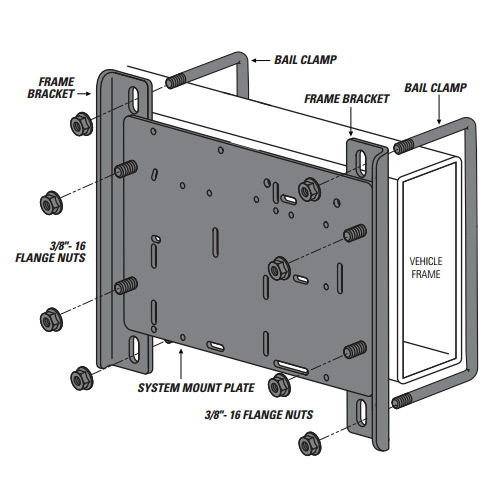

The upper and lower bead plate centers (or mounting plate centers in the case of a bead ring type attachment) may be out of line somewhat without injury to the bellows. In this case, care must be taken to prevent the bellows from rubbing (internally) against itself where it rolls over the piston.Īirstroke® actuators, within certain limits, are not affected by side loads as are conventional cylinders. Reversible sleeve type 1T parts may also stroke through an arc. These measurements must fall within the guidelines for that particular part. Measure minimum height at the side of the bead plate collapsed the most.Measure maximum height at the side of the bead plate separated the furthest,.Measure force at the height between the plate centers.When using an actuator with the mounting plates at an angle to each other, observe the following:

The main restriction when stroking through an arc is to not exceed the maximum or minimum heights of the air spring on the outer sides of the air spring. Angular motion of up to 30 degrees is often possible, along with the design advantage of generally less complex linkages. (Please see Design Guide, page 14 for acceptable media choices.)Īn Airstroke® actuator possesses the unique capability of stroking through an arc without a clevis. Since Airstroke® actuators have no sliding seals, there is no breakaway friction as with conventional cylinders.Īn Airstroke® actuator can do its work with either a liquid or gas. This allows for the design of Airstroke® actuators into any applications where dirt or grit would destroy the seals on conventional cylinders. This reduces the long term cost of using an Airstroke® actuator as well as the labor needed for continued operation.Īirstroke® actuators have no internal rod, piston, or sliding seals as do conventional hydraulic or pneumatic cylinders. Unlike conventional pneumatic cylinders and hydraulic cylinders, Airstroke® actuators do not require periodic maintenance or lubrication. The long life and durability necessary for millions of miles of heavy-duty suspension use under adverse environmental conditions are also important factors in machine design. This initial cost advantage is many times greater in the larger sizes.Īirstroke® actuators are a further application of Firestone’s time proven Airide® springs for truck and bus suspensions. Generally, initial cost is one-half or less than conventional pneumatic or hydraulic cylinders of the same force capabilities.

Why use an Airstroke® Actuator (rather than a pneumatic cylinder or hydraulic cylinder) for actuation? Each of these features give Firestone Airstroke® actuators the advantage over traditional hydraulic cylinders or pneumatic cylinders.

These replacement markets are created by the advantages of a flexible walled pneumatic actuator that is durable, operates well in corrosive and abrasive industrial environments, easily accepts misalignment, and has a high ratio of stroke to collapsed height. The difference is the key to the air springs unique functionality, and the reason for its anonymity.įirestone Airstroke® actuators have long been used in the industrial market as pneumatic actuators incorporated into new and innovative machinery designs as well as replacement actuators for existing applications that had previously used traditional pneumatic or hydraulic cylinders. These allow a pressurized, contained column of fluid to apply a force to the piston.Ī Firestone Airstroke® actuator uses none of these components to contain and channel its column of fluid. This common design calls for guides and seals which function to align and seal the sliding surfaces.


 0 kommentar(er)
0 kommentar(er)
